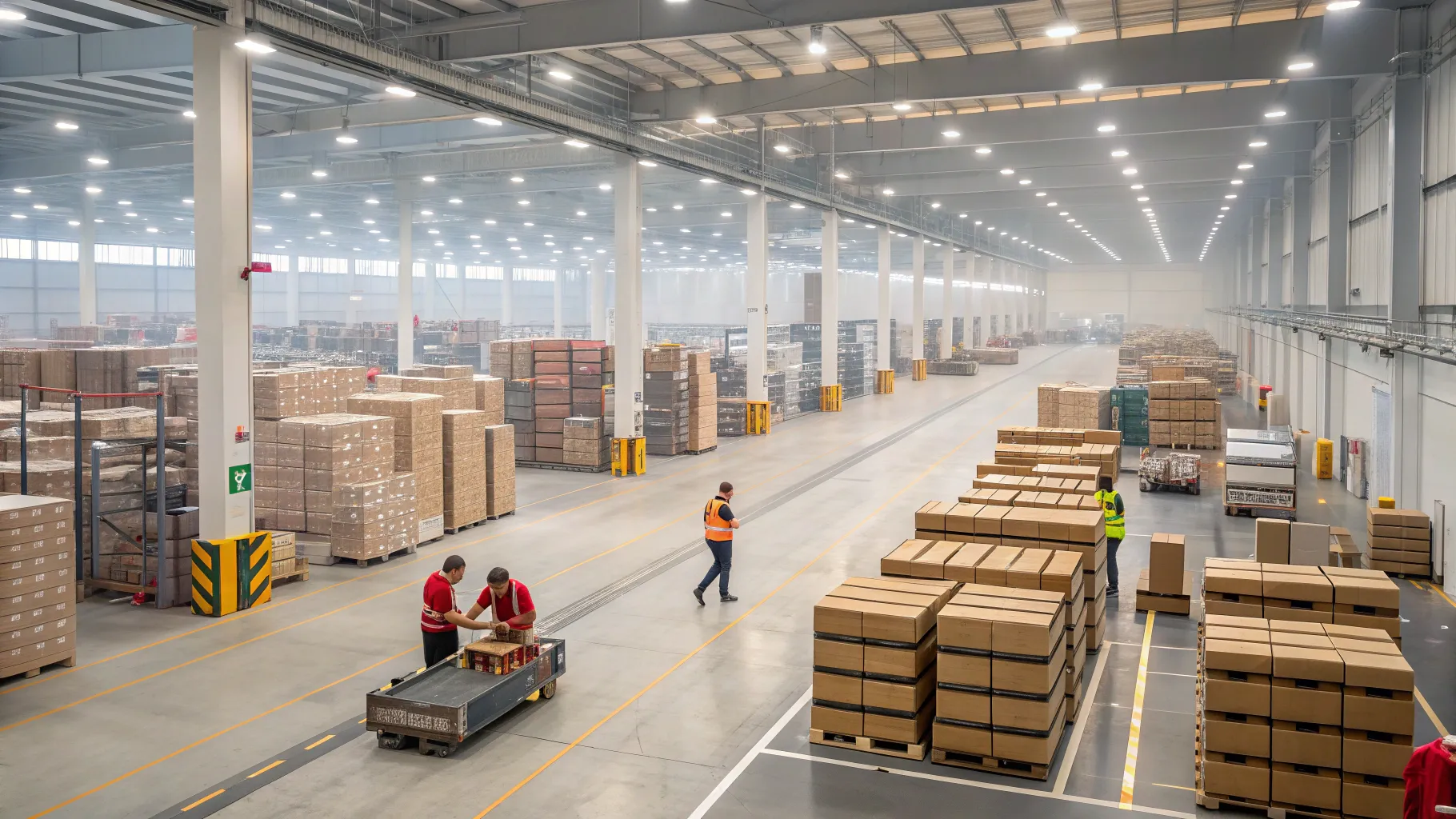Amazon plans to hire the same number of seasonal employees as the last two years, even as forecasters expect stronger online holiday spending. The decision signals confidence in efficiency gains and delivery capacity, while testing how far the company can stretch its logistics network in a peak shopping period.
The move comes as retailers prepare for a busy November and December across the United States. Online orders are projected to rise this season, lifting volumes in e-commerce warehouses and last-mile delivery. Amazon’s choice to hold hiring steady suggests it will lean on productivity, automation, and flexible scheduling to handle the surge.
“Amazon is hiring the same number of employees as it did in 2023 and 2024, while forecasts predict an increase in online holiday shopping this season.”
Background: Steady Headcount, Rising Demand
In recent years, Amazon has balanced seasonal hiring with investments in faster fulfillment. The company has expanded same-day sites, added sorting capacity, and refined its delivery routes. It has also pushed more inventory closer to customers to shorten shipping times.
Holding seasonal staffing flat for a third year marks a cautious stance on headcount. It also reflects a trend across retail to do more with fewer added roles. Many chains are applying new software and automation to manage peaks without large swings in staffing.
Analysts expect more shoppers to buy gifts online this year due to convenience, price checks, and fast shipping. That creates pressure on carriers and fulfillment centers in late November and mid-December. By keeping hiring unchanged, Amazon is betting that internal tools and process changes will absorb extra volume.
Operational Strategy and Capacity
Amazon relies on a mix of permanent staff, seasonal workers, delivery partners, and independent drivers. That mix gives managers options to extend shifts, add routes, or reroute packages. It also reduces the need to recruit and train large numbers of new workers in a short window.
Efficiency gains can come from small steps: better picking paths, improved packing stations, and smarter load balancing across sites. Even small improvements can add up when order volumes spike.
- Flexible scheduling: More weekend and evening shifts help match labor to demand peaks.
- Inventory placement: Stocking popular items closer to buyers cuts delivery miles.
- Routing tools: Software can shorten drive times and improve on-time performance.
Impact on Workers and Sellers
For workers, flat hiring may mean more overtime and fewer new seasonal positions. That can lift pay for current staff but limit entry points for people seeking short-term holiday work. It also raises questions about burnout during the heaviest weeks.
Third-party sellers depend on reliable delivery and clear cut-off dates. If volumes outrun capacity, backlogs can form and returns can rise. Most years, Amazon sets firm deadlines for guaranteed delivery. Holding staffing steady may push the company to tighten those cutoffs or steer customers to faster, pricier shipping options.
Customers may notice earlier promotions to flatten the peak. Early deals encourage shoppers to buy before the busiest days, making volumes more manageable across the season.
Forecasts, Risks, and What to Watch
Industry forecasts calling for higher online sales reflect steady growth in e-commerce penetration and the appeal of doorstep delivery. Price-sensitive shoppers are also expected to compare deals across sites, adding to order swings when discounts land.
The main risks are familiar. A large winter storm, a sudden product trend, or a late surge in orders could stress the system. With staffing flat, slack for surprises is thinner, and performance will depend on how fast sites can adapt in real time.
Key signals to monitor in the weeks ahead include:
- On-time delivery rates during key weeks in December.
- Any changes to guaranteed shipping cutoffs.
- Reports of overtime levels and shift extensions.
- Seller feedback on check-in times at fulfillment centers.
Retail rivals face the same trade-offs. Hiring too much raises costs if demand disappoints. Hiring too little risks delays and customer complaints. Amazon’s steady approach suggests it expects stable productivity gains to carry the load.
Amazon’s choice frames the season: more demand, no extra headcount. If operations run smoothly, it will show that process and technology can offset a larger surge. If bottlenecks appear, it will highlight the limits of efficiency during peak. Either way, shoppers, sellers, and workers will feel the results in the weeks ahead.







